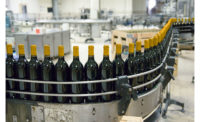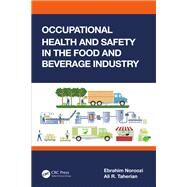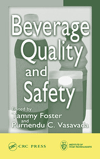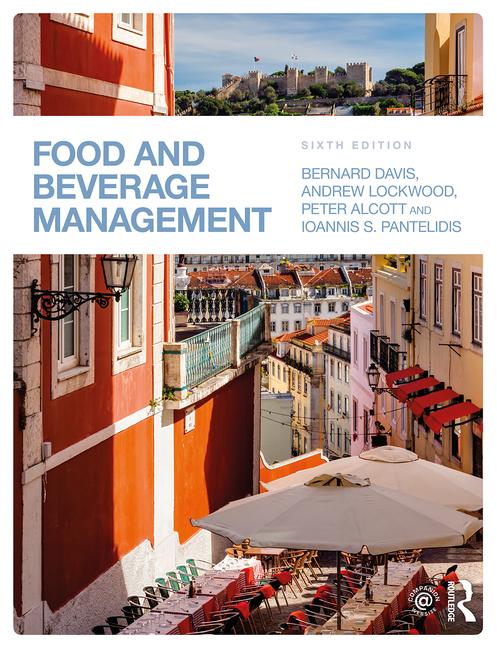Operations Perspective
Safety, organization support ideal beverage working environment
Review, analysis ensure protocols continue to be met

The operating conditions in beverage facilities are important to ensure that products are manufactured under carefully designed physical facilities conducive to safe, sanitary, efficient and effective methods and procedures. Observation of beverage packages on a display gondola do not truly reflect where, how and under what conditions those packages were produced.
The beverage facility can be simple or complex depending upon the package and the product itself; therefore, from an operations perspective it is appropriate to review and analyze how the working environments have been and continue to be developed and constructed in most beverage manufacturing plants.
Beverage supply chains involve the facility itself, machinery and equipment used to produce the packaged products, and personnel responsible for the facility whom ensure that the working environment are provided and maintained throughout the total operation.
The focus is on beverage production plants with significant considerations analyzed in the creation of safe and practical working environments. The nature of beverage production basically dictates the factor that should be on the considerations list:
- Area floor structures/drainage;
- Lighting requirements for operating tasks;
- Ventilation of areas where air flow is critical;
- Noise abatement at specific points of packaging;
- Guard rails, conveyor nets to protect machinery;
- Travel aisle width for safe movement;
- Fire protection at designated areas;
- Emergency cords/switches on machinery;
- Signage for restricted or dangerous locations;
- Provision of protective clothing for personnel, which can include head, eye, ear, hand and foot areas.
All truly significant for working conditions.
Specifically, floor design, composition and drainage (non-slip, toxic resistant, durable) will vary from formulation and processing rooms to warehousing as required by operations performed in each area. After flooring, the degree of lighting (non-glare, explosion proof, caged) should be determined by area task requirements. Ventilation provision is difficult because area requirements (processing, filling, aseptic) have wide variations. Noise abatement measures will depend on the type of container and/or conveyor speeds to require ear protection.
Guard rails protect equipment but also prevent personnel from contact and nets for overhead conveyors to catch wayward cases. Travel aisles in all areas must allow for safe movement of people and material handling equipment. Although liquid is prevalent, fire extinguisher availability is usually required by code. Even though machinery and equipment is protected, emergency cords or switches should be installed. Specific operating areas might not be accessible to unauthorized personnel and restricted signs should be posted.
All these factors, primarily physical amenities, present different operating conditions for providing a safe, sanitary, secure, durable and maintainable working area. However, personnel operating or attending production lines also need and should be provided with protective measures in the form of clothing to cope with any deviations of intended ultimate working condition environments.
In the beverage arena, practically all the out-lined considerations are documented in FDA, OSHA or other agency directives that pertain to working conditions in beverage operations. For instance a brewery that was cited for 13 consecutive years without a lost time accident exemplifies what a good working condition environment can generate when practiced.
Looking for a reprint of this article?
From high-res PDFs to custom plaques, order your copy today!








